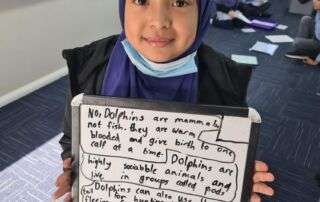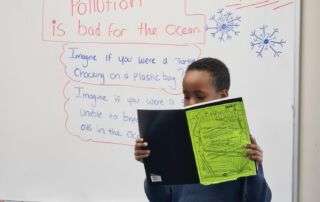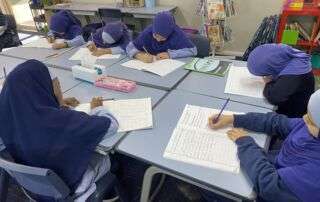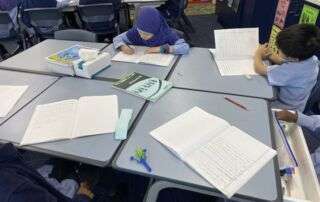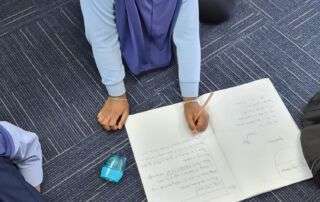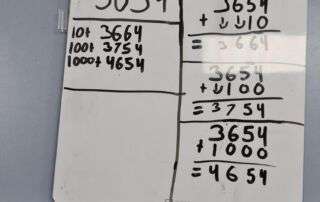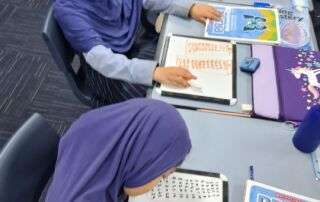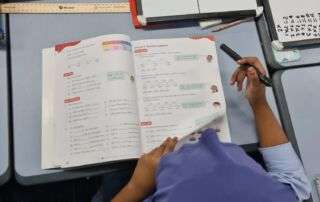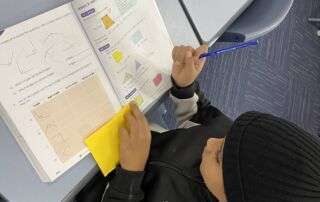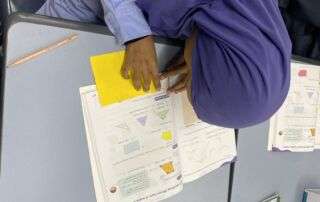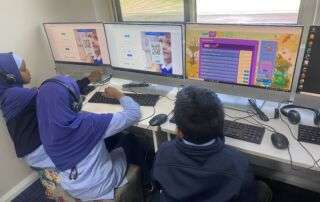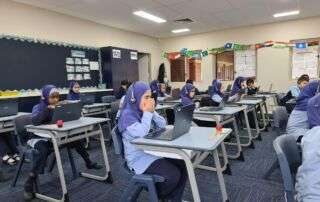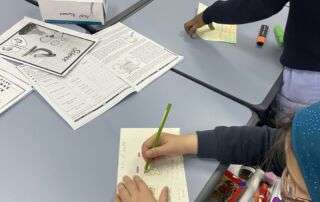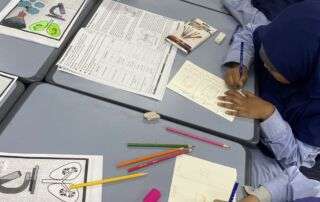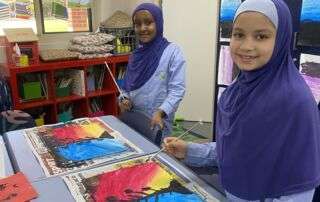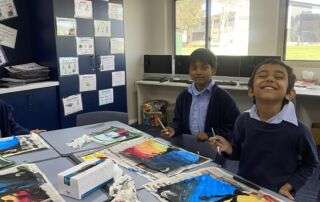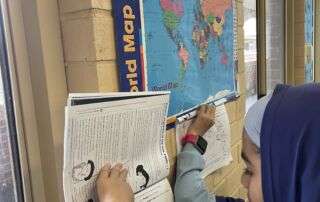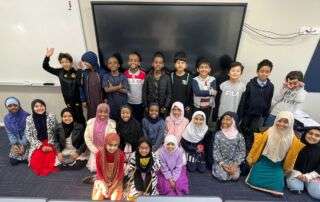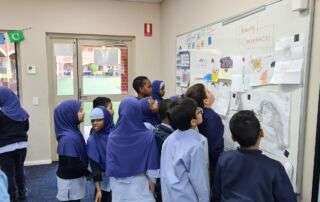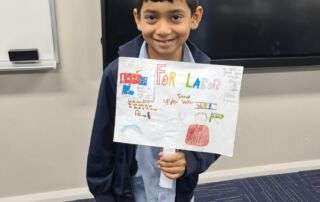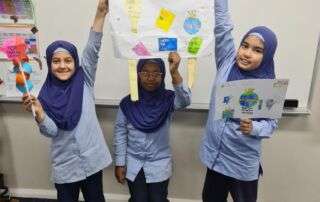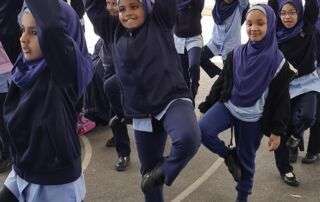27 June 2022
English
Sharp Reading
Sharp Reading is a teaching and learning framework that provides direction for students and equips them to be SHARP (efficient, cutting edge) in their understanding of reading. Sharp Reading allows students to THINK while reading in order to unpack and understand text. This is our daily morning routine since the beginning of term 1 with the year 3 students.
Persuasive & Narrative Writing
Persuasive Writing aims to present an idea to a reader and persuade them to agree with the writer’s point of view. Learning to write persuasively is a crucial ‘real life’ skill for students. The year 3 students have been focusing on specific structures when writing persuasive texts. Some of the elements we have been following include sizzling starts, global statements, connectives, high modal verbs and ending with an impact.
Reading Comprehension
The students used comprehension strategies to build literal and inferred meaning and began to evaluate texts by drawing on a growing knowledge of context, text structures and language features.
Grammar & Spelling
The students learned a range of grammar concepts including that verbs represent different processes, for example doing, thinking, saying, and relating and that these processes are anchored in time through tense. Year 3 students have been focusing on segmenting words as well as a spelling skill weekly for term 2 and how words are made up of morphographs.
Numeracy
Number and Algebra
The students have count to and from 10 000. They have classified numbers as either odd or even. Students have recalled addition and multiplication facts for single-digit numbers. They have recognised the connection between addition and subtraction and solve problems using efficient strategies for multiplication. Students have modelled and represented unit fractions. They have represented money values in various ways. Students have correctly counted out change from financial transactions. They have continued presenting number patterns involving addition and subtraction.
Measurement and Geometry
Students have identified symmetry in the environment. They have matched positions on maps with given information. Students have recognised angles in real situations. They have interpreted and compared data displays. Students have used metric units for length, mass and capacity. They told time to the nearest minute. Students made models of three-dimensional objects.
Statistics and Probability
Students have conducted chance experiments and listed possible outcomes. They have conducted simple data investigations for categorical variables. Students have interpreted and compared data displays.
Science
Students have been learning about physical science and heating up of objects and materials. Physical science is the study of how things move, the structure and properties of matter and how nonliving things change forms (i.e., ice to water). Children can “immediately observe the results of their actions” as they engage with objects and materials such as cooling down, heating up, insulators and conductors.
HASS
The year 3 students have studied about the importance of fossils to our history. Students have learnt that Australia has six states and territories which can be represented on a map. Each state and territory have a leader and a head. There are three levels of government in Australia. Students have also identified who lived in Australia first and how Australian flora and fauna are unique. They have learnt about the arrival of first fleet in Australia and its related details.
Visual Art
In Year 3, students extend their understanding of role and situation as they create improvised and devised drama. Students begin to experiment with selected forms and styles when improvising or devising drama. They continue to develop improvisation, voice and movement skills. Students are introduced to the elements of space, character and time. Students experience drama as performers and audience members. They begin to use rehearsal processes to support audience engagement and continue to learn appropriate responses to the drama of others. As they make and respond to drama, students identify and reflect on the elements of drama used in a performance. Students can experience drama from a range of cultures, times and locations.
Health & Physical Education
The students worked on range of health topics including: what are rights and responsibilities; what their own identity is and how to identify people they can trust; what power means and the different types of power; what trust is and how to develop a trusted network; the meaning of each of seven values and importance of putting values into practice; what it means to get along and why it’s important to get along with classmates and teachers.



